From beet growing to banking, A.G. Campbell met with success in many business ventures and was influential in both the Lakin and Deerfield communities. His great-grandson, Earle D. Rice, wrote that A.G. accomplished in his 25 years in Kearny County what took other men 40 to 70 years to achieve. Born Adam Grant Campbell in 1864 at Portsmouth, OH, A.G. was the son of William and Jane (Boyd) Campbell. The year following his birth, his parents moved westward to Scotland County in northeastern Missouri where A.G. grew to manhood.
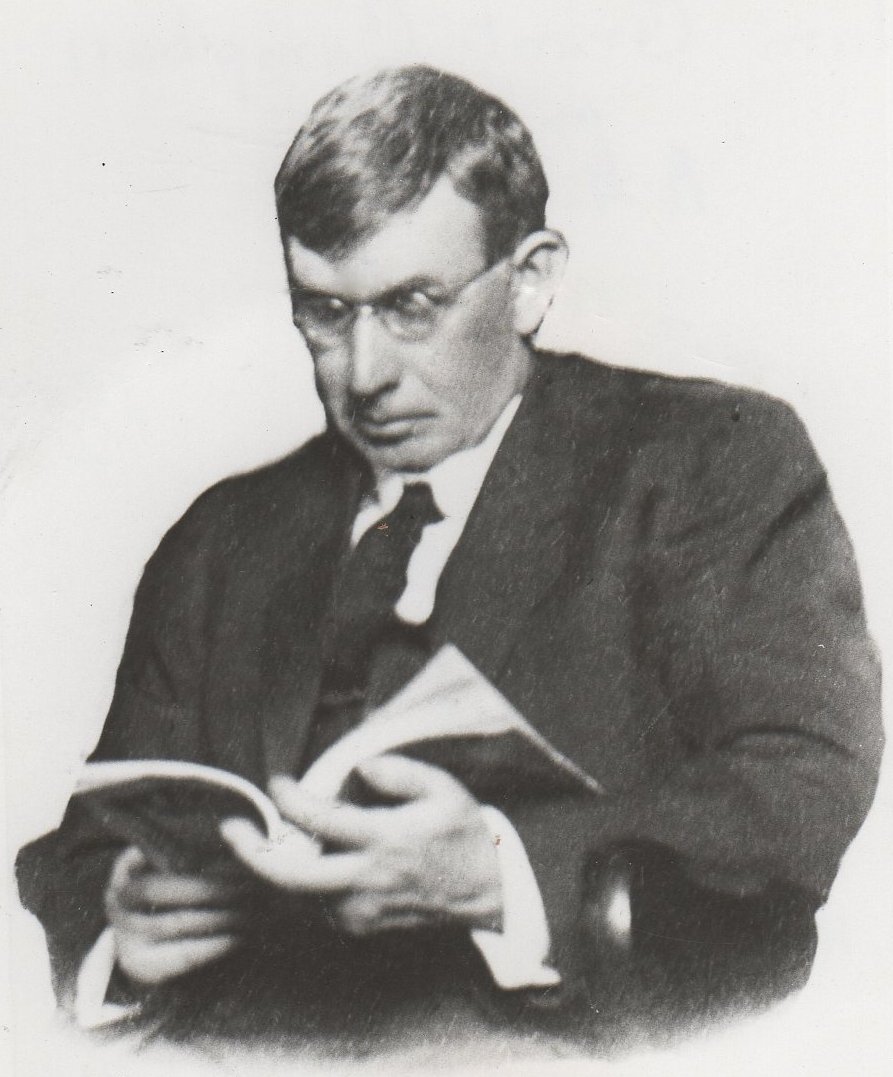
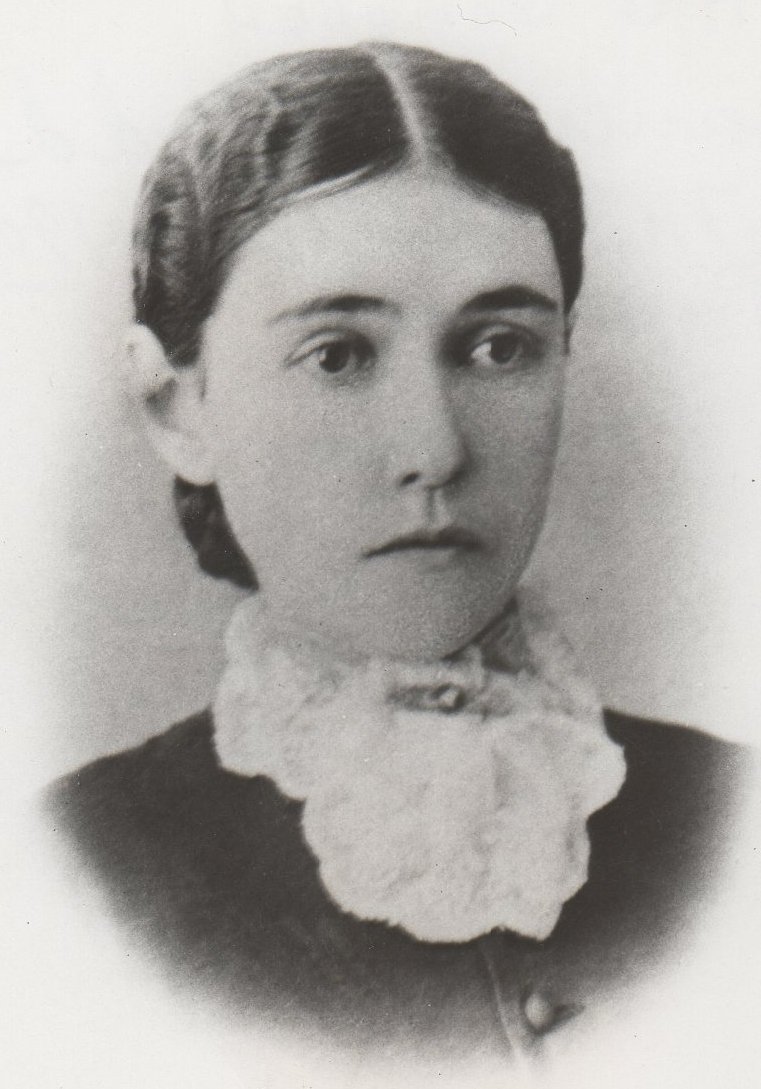
In 1885, he married Sarah (Sally) Mudd, the daughter of B.F. and Catharine (Medley) Mudd who was born in 1863 in Scotland County. She was from an English Catholic family who located to Maryland in the 1600s and gradually migrated west. Sarah and A.G. were married by a Catholic priest in the home of the bride’s parents. As the story goes, A.G. was of Scottish Presbyterian roots and refused during their wedding service to agree to raising their children as Catholics. The ceremony was stopped until their issues could be resolved. Needless to say, the children were not raised as Catholics, but Sarah remained a Roman Catholic all her life. The couple moved to Lakin with their six children in April of 1902. Their household goods, livestock, farm machinery and fence posts were shipped by emigrant car while Sarah and the children (Earle, Carl, Adam Jr., John, Mary and Catherine) traveled by passenger train.
The family made their home in Lakin for a month while their farm home (located seven miles northeast of here) was made ready. According to the April 12, 1902 Lakin Investigator, A.G. purchased the old Blazer and Jackson farms and 3,000 acres adjoining “which will make one of the best ranches in the county.” Part of the farm was under irrigation from the Amazon Canal while to the north was a vast area of unfenced buffalo grass. Later that year, Campbell acquired land 15 miles northwest of Lakin as summer camp headquarters for grazing. A.G. enjoyed a lucrative business in both ranching and farming. The irrigated crops from 1902 to 1906 were very good, and plenty of hay and fodder were raised for the family’s cattle and horses. The sugar beet era was just beginning in southwestern Kansas, and A.G. excelled at growing the crop. He was elected president of the Kearny County beet growers in 1905. Then, the US Sugar and Land Company came calling because the company wanted the Campbell’s farm land to create Lake McKinney. The farm was sold, and the Campbells moved into Lakin in September 1906. A.G. eventually acquired about 25,000 acres of land in Kearny and Hamilton Counties according to his great-grandson. In addition to raising cattle, he also raised Percheron work horses and mules, but that is only part of his story.
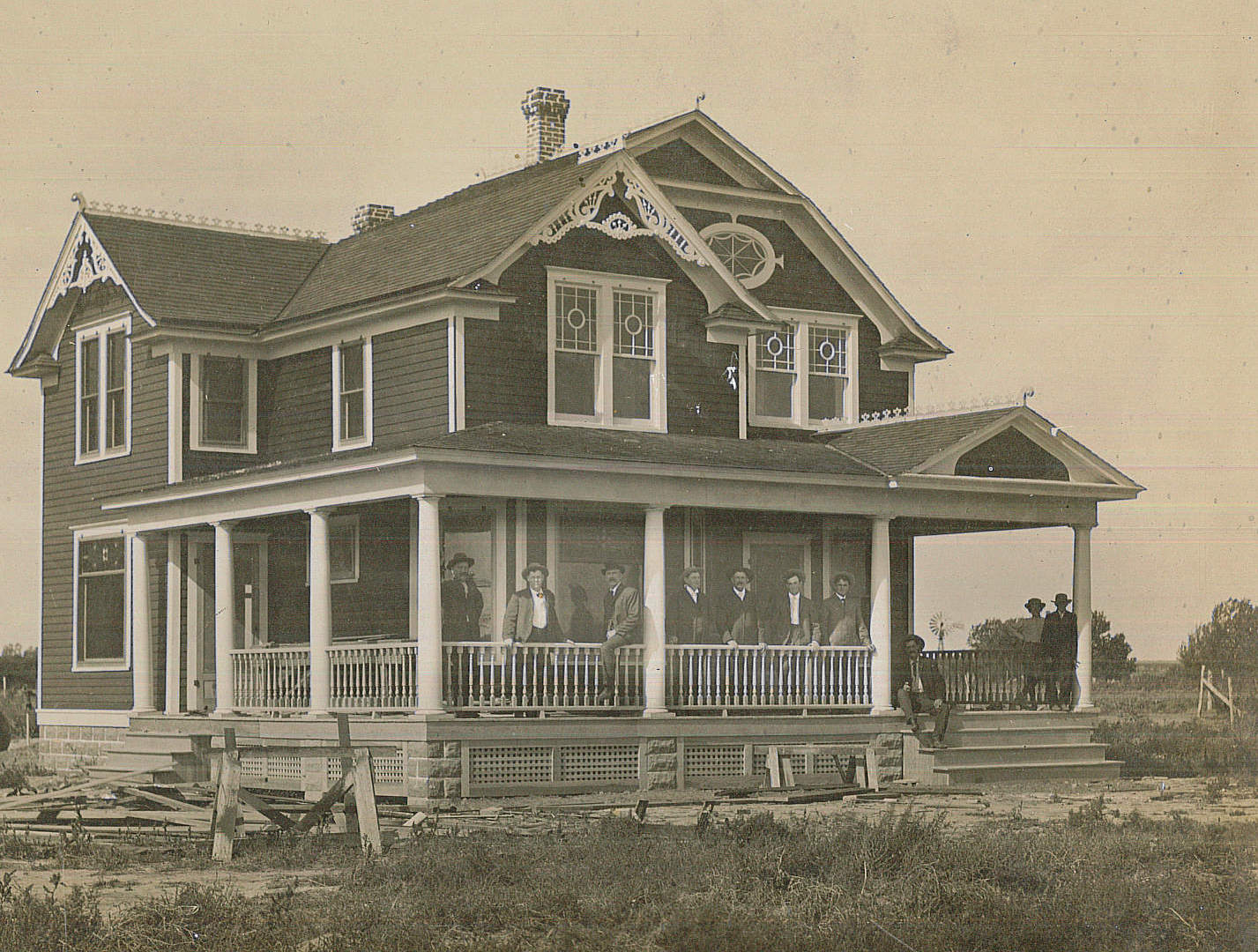
A.G. became a successful real estate agent as a partner in the firms of Campbell & Horde and Campbell & Loucks. In 1906, he went into business at Lakin with J.T. Horde in the Campbell-Horde Lumber company. Then came the construction of the Campbell building on Main Street in Lakin in 1907 which was initially leased out to house Fitzgerald and Locke General Merchandise. In December of 1908, A.G. purchased their dry goods stock and took on O.E. Piper as a partner, and the store was ran under the name of Campbell-Piper Mercantile Co. That partnership was dissolved in 1912, and the store became known as Campbell Mercantile. In January 1915, A.G. purchased the Entz brothers mercantile business at 601 Main in Deerfield (also known as Deerfield Mercantile), and that firm was also named Campbell Mercantile. The business was later relocated to 605 Main.
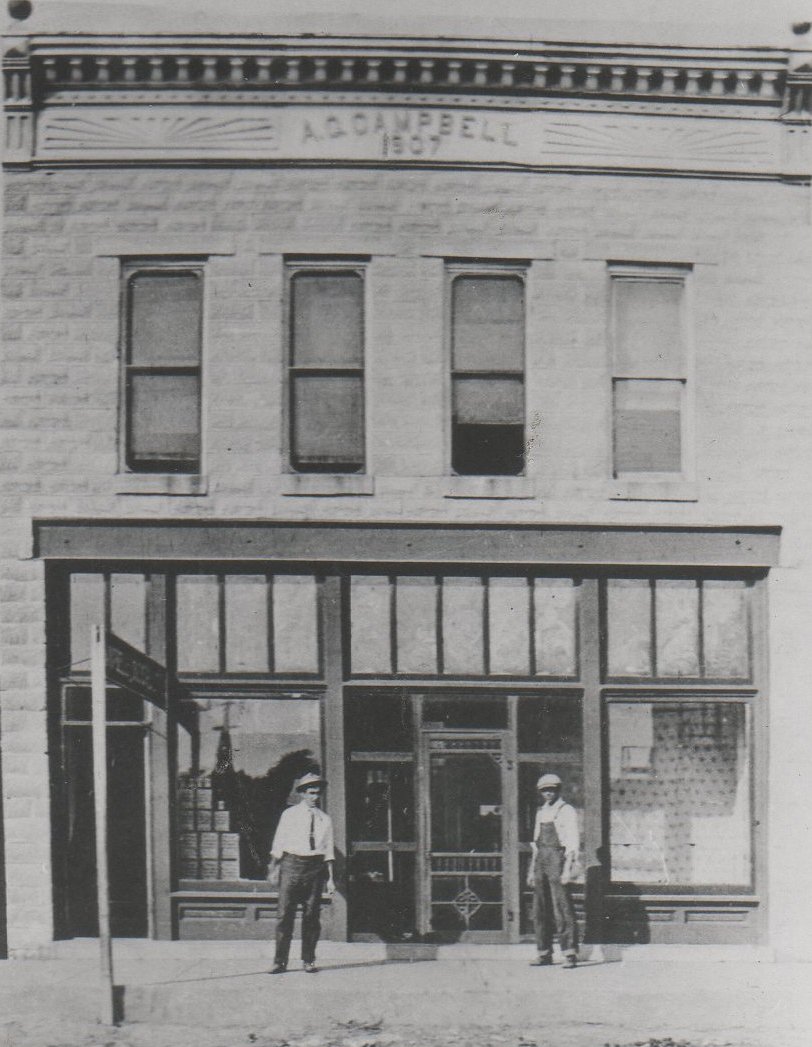
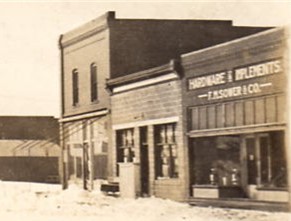
In addition to serving on the board of directors of the Deerfield State Bank, A.G. Campbell was a director for the Kearny County Bank as well as the First National Bank in Syracuse where he was president in the early ‘20s. The civically minded Campbell also held roles as a Lakin city council member, Kearny County commissioner, and a representative on the board of directors of the Kansas-Colorado Railroad Company. In June of 1910, A.G. announced his candidacy for the 116th Legislative District on the Republican ticket, but it was one of the few times in his life that he did not succeed.
The Deerfield Horse Breeders’ Association, Red Cross and the Lakin Commercial Club were just some of the many organizations he was also involved with.
Sarah Campbell died May 7, 1927. The Christian fortitude of Mrs. Campbell during her days of illness and suffering prior to her death made a profound impact on A.G. He joined the Presbyterian Church, making a public and emotional profession of faith. Prior to that time, he had been skeptical of religion in general. Adam Grant Campbell died just months after his wife on August 13, 1927, a life well lived.
SOURCES: Diggin’ Up Bones by Betty Barnes; “The Campbells have Come” by Earle D. Rice; History of Kearny County Vols. I & II; Ancestry.com; FindaGrave; Archives of the Lakin Investigator, Advocate and Independent; and museum archives.
